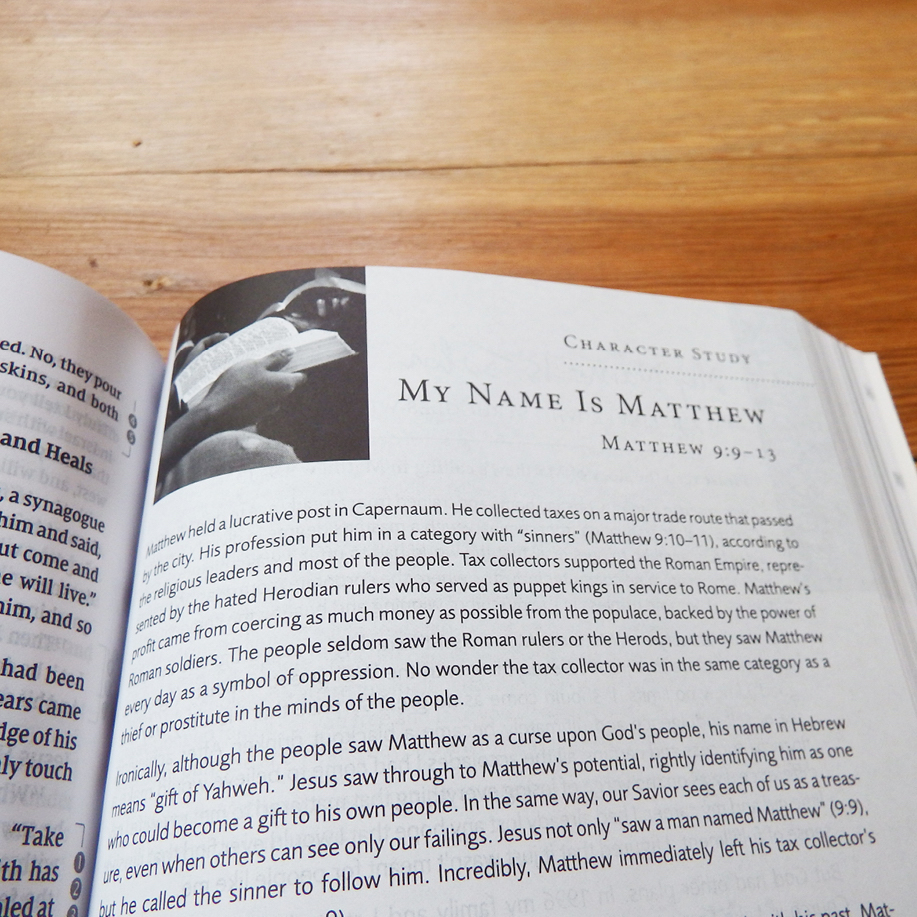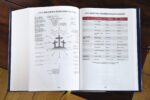Who was Matthew?

Character Study: My Name is Matthew (Matthew 9:9-13)
Matthew held a lucrative post in Capernaum. He collected taxes on a major trade route that passed by the city. His profession put him in a category with “sinners” (Matthew 9:10–11), according to the religious leaders and most of the people. Tax collectors supported the Roman Empire, represented by the hated Herodian rulers who served as puppet kings in service to Rome. Matthew’s profit came from coercing as much money as possible from the populace, backed by the power of Roman soldiers. The people seldom saw the Roman rulers or the Herods, but they saw Matthew every day as a symbol of oppression. No wonder the tax collector was in the same category as a thief or prostitute in the minds of the people.
Ironically, although the people saw Matthew as a curse upon God’s people, his name in Hebrew means “gift of Yahweh.” Jesus saw through to Matthew’s potential, rightly identifying him as one who could become a gift to his own people. In the same way, our Savior sees each of us as a treasure, even when others can see only our failings. Jesus not only “saw a man named Matthew” (9:9), but he called the sinner to follow him. Incredibly, Matthew immediately left his tax collector’s booth to follow Jesus (see v. 9).
Matthew’s recovery involved several essential actions. First, he made a break with his past. Mat-thew was seated, comfortable in his love of money. But at the invitation from the Messiah, he “got up” (v. 9) and left behind the tools of his sinful trade. Second, Matthew “followed” (v. 9) Jesus. Recovery is a forward process, both in outlook and in motion. Third, Matthew reached out to others who needed to meet Jesus (see v. 10). He began with other outcasts like himself. While he had left his own past behind, he never forgot how desperate he had been for the call of Christ (Principle Eight).
Matthew invited Jesus into his home for dinner and then summoned all the “ugly people” to join in his celebration of God’s love. He immediately recognized the importance of sharing what he had found in Christ. In recovery, the “I” must become “we.” We can’t travel the road to recovery alone. The pronoun I never appears in the twelve steps. It’s absolutely essential that we work together, never in isolation. Recovery will bring a change in our companions in two ways. We’ll exchange our regular associates from those in denial to those who are walking with us on the road to recovery. But, hopefully, some of our old cronies will change too as we provide them with an example of Christ’s life-changing power.
Jesus loved the crowd that filled Matthew’s house and caused the pious to protest. In fact, when Jesus overheard the criticism of the Pharisees (see v. 11), he declared, “It is not the healthy who need a doctor, but the sick” (v. 12). Jesus was referring to sin- sickness, not to physical ailments.
Jesus went on to share a lesson from the Old Testament with the Pharisees, who considered themselves to be the chosen instructors in God’s law. He reminded them that rituals and sacrifices mean little to God in the absence of mercy (see v. 13, which includes a quote from Hosea 6:6). Celebrate Recovery is a reminder to today’s churches that Jesus is at home only in places where sinners are sought out and made to feel welcome.
########################
Content in this article is taken from the NIV Celebrate Recovery Bible.
The NIV Celebrate Recovery Study Bible is a powerful and positive ally. This Bible is based on eight recovery principles found in Jesus’ Sermon on the Mount and on the underlying Christ-centered twelve steps of the proven Celebrate Recovery program. Now typeset in Zondervan’s exclusive Comfort Print® typeface, this Bible and all of its added content lifts you up and shows you how to walk, step by attainable step, on a path of healing and liberty.



















